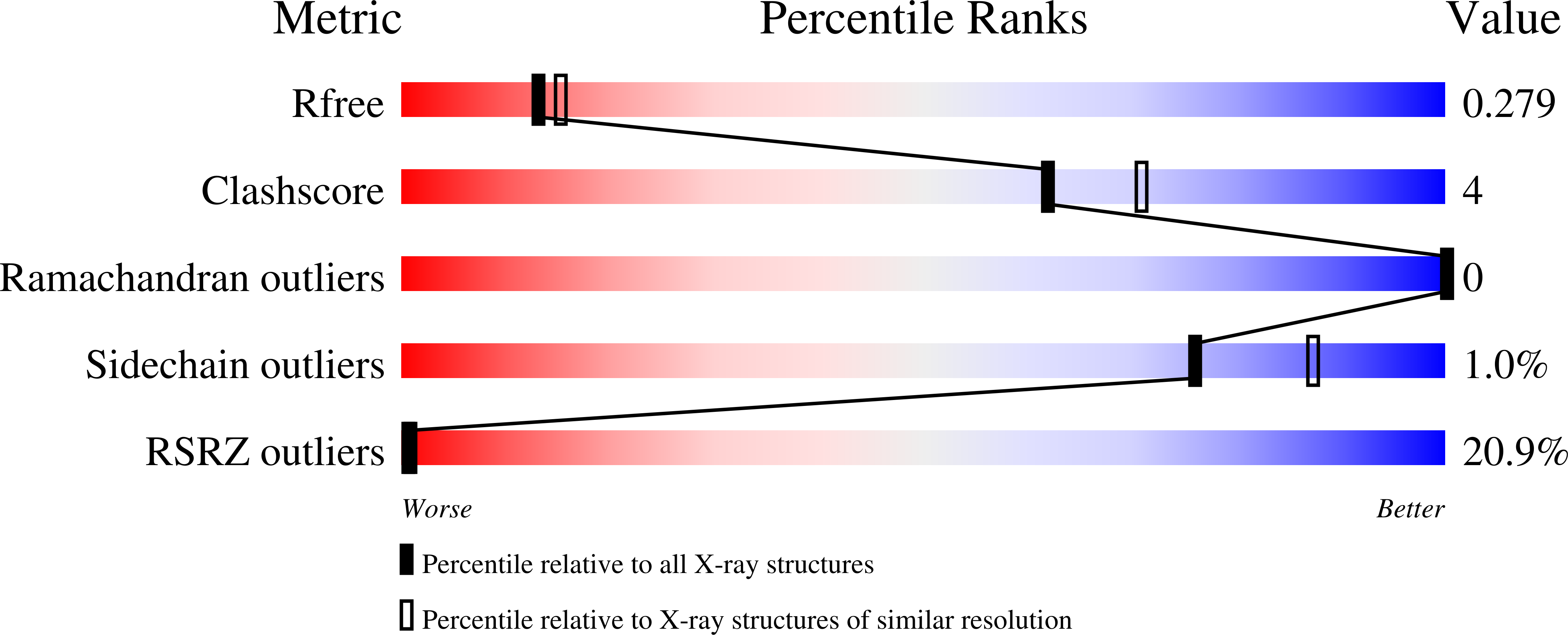
Deposition Date
2022-07-30
Release Date
2022-12-14
Last Version Date
2024-01-31
Entry Detail
PDB ID:
8AKO
Keywords:
Title:
Structure of EspB-EspK complex: the non-identical twin of the PE-PPE-EspG secretion mechanism.
Biological Source:
Source Organism:
Mycobacterium tuberculosis (Taxon ID: 1773)
Host Organism:
Method Details:
Experimental Method:
Resolution:
2.29 Å
R-Value Free:
0.27
R-Value Work:
0.23
Space Group:
P 61 2 2


